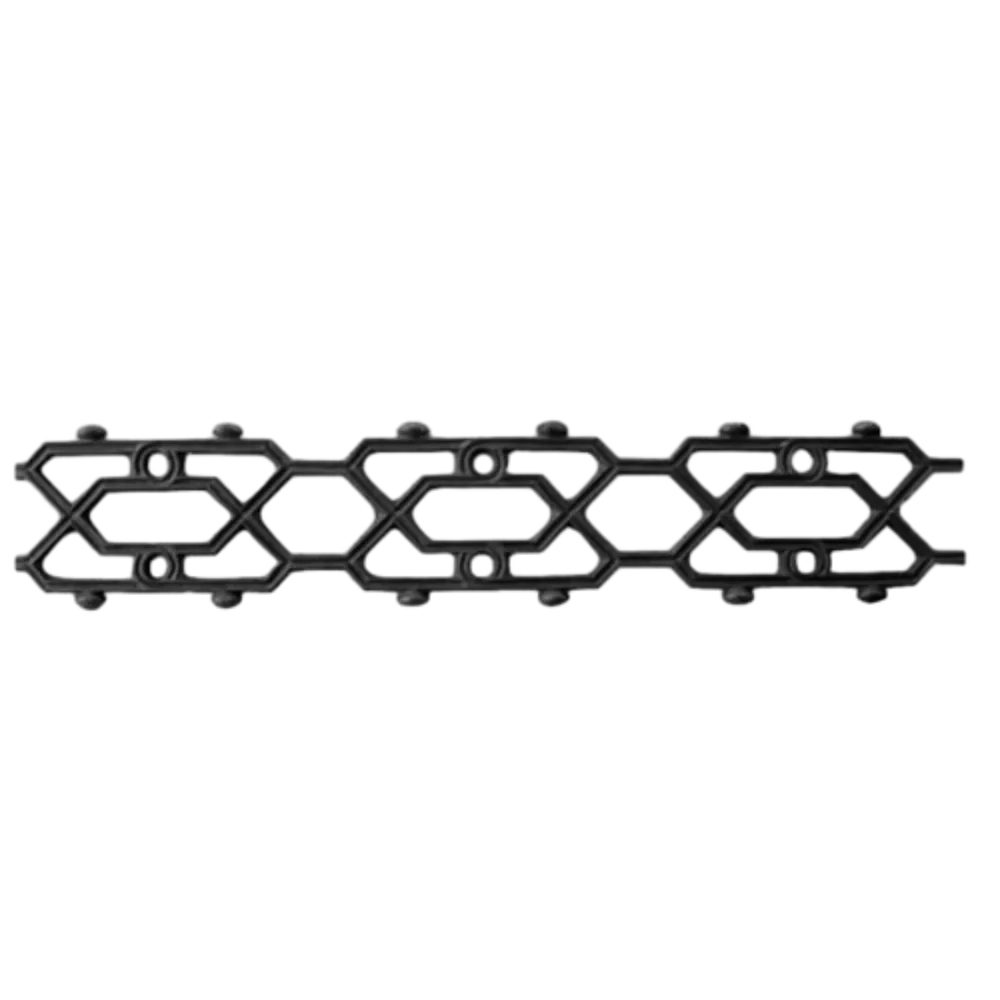Sliding Door Bottom Rollers for Smooth and Efficient Operation in Your Home
The Importance of Sliding Door Bottom Rollers
Sliding doors are a popular choice in both residential and commercial settings due to their space-saving design and aesthetic appeal. They provide a seamless transition between indoor and outdoor spaces, allowing natural light to flood in while offering easy access. However, the functionality of sliding doors relies heavily on a crucial component the bottom rollers. In this article, we will explore the importance of sliding door bottom rollers, how they work, and tips for their maintenance.
What Are Sliding Door Bottom Rollers?
Bottom rollers are the mechanisms that facilitate the movement of sliding doors along their tracks. Typically made from durable materials like nylon, steel, or plastic, these rollers reduce friction and support the door’s weight, enabling smooth opening and closing. The design of these rollers can vary significantly between different door types, but their primary function remains the same to provide a stable, reliable glide along the track.
How Sliding Door Bottom Rollers Work
When a sliding door is pushed, the weight of the door is transferred to the bottom rollers. These rollers rotate along a track, allowing the door to slide effortlessly. The alignment of the rollers is crucial; if they are misaligned or damaged, the door can become difficult to operate. In some cases, a door may even come off its track entirely, leading to a cumbersome situation that may require professional repair.
The Importance of Bottom Rollers
1. Smooth Operation Properly functioning bottom rollers ensure that sliding doors operate smoothly. They minimize noise and require less effort to open and close, enhancing the overall user experience. A well-maintained sliding door should glide easily with minimal resistance.
2. Longevity of the Door The quality of the bottom rollers can significantly impact the lifespan of a sliding door. High-quality rollers made from durable materials are less likely to wear out quickly, preventing the need for frequent replacements and ensuring that the door remains in good working condition for years.
3. Safety A malfunctioning sliding door can pose a safety hazard. If the rollers are damaged or worn, the door may become unstable and could fall off its track, potentially causing injury. Regular maintenance of the rollers can help prevent such accidents, ensuring that the door remains secure.
sliding door bottom rollers

4. Cost-Effectiveness Investing in high-quality bottom rollers can save homeowners and businesses money in the long run. By reducing wear and tear on the door and preventing costly repairs, good rollers are a wise investment.
Tips for Maintenance
To ensure that your sliding door bottom rollers function optimally, consider the following maintenance tips
1. Regular Cleaning Dirt and debris can accumulate on the rollers and tracks, leading to poor performance. Regularly clean the rollers and track with a vacuum or brush to keep them free of grime.
2. Lubrication Applying a silicone-based lubricant to the rollers and track can help reduce friction. Avoid using oil-based lubricants, as they can attract dirt and cause more problems in the long run.
3. Check for Wear and Tear Periodically inspect the rollers for signs of damage or wear. If you notice any cracks, chips, or significant wear, it may be time to replace the rollers.
4. Alignment Checks Ensure that the rollers are properly aligned within the track. If the door is sticking or not closing properly, this may indicate an alignment issue that needs addressing.
Conclusion
Bottom rollers are an essential component of sliding doors that significantly impact their functionality, safety, and longevity. By understanding their role and performing regular maintenance, you can ensure that your sliding doors remain a valuable feature of your space for years to come. Whether you're updating a home or maintaining a commercial space, investing in quality sliding door bottom rollers is a decision that pays off in performance and peace of mind.
-
Window Lock Handle for Security UpgradesNewsJun.20,2025
-
Proper Lubrication Techniques for Sliding Gate WheelsNewsJun.20,2025
-
Ornamental Iron Castings for Interior DesignNewsJun.20,2025
-
Creative Ways to Decorate Around a Cast Iron FireplaceNewsJun.20,2025
-
Cast Iron Pipe and Fitting for Plumbing SystemsNewsJun.20,2025
-
Cast Iron Panel Casting for Architectural ElementsNewsJun.20,2025















